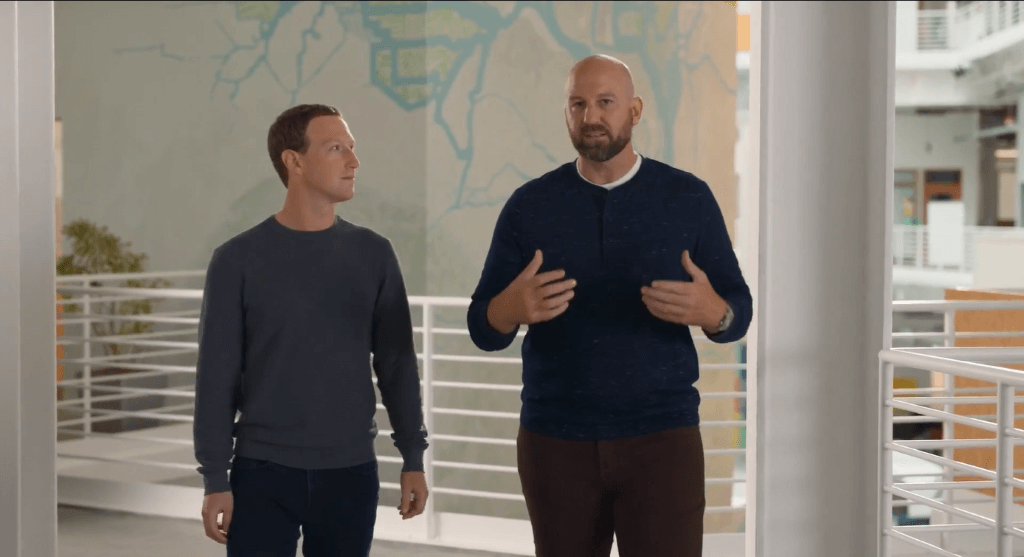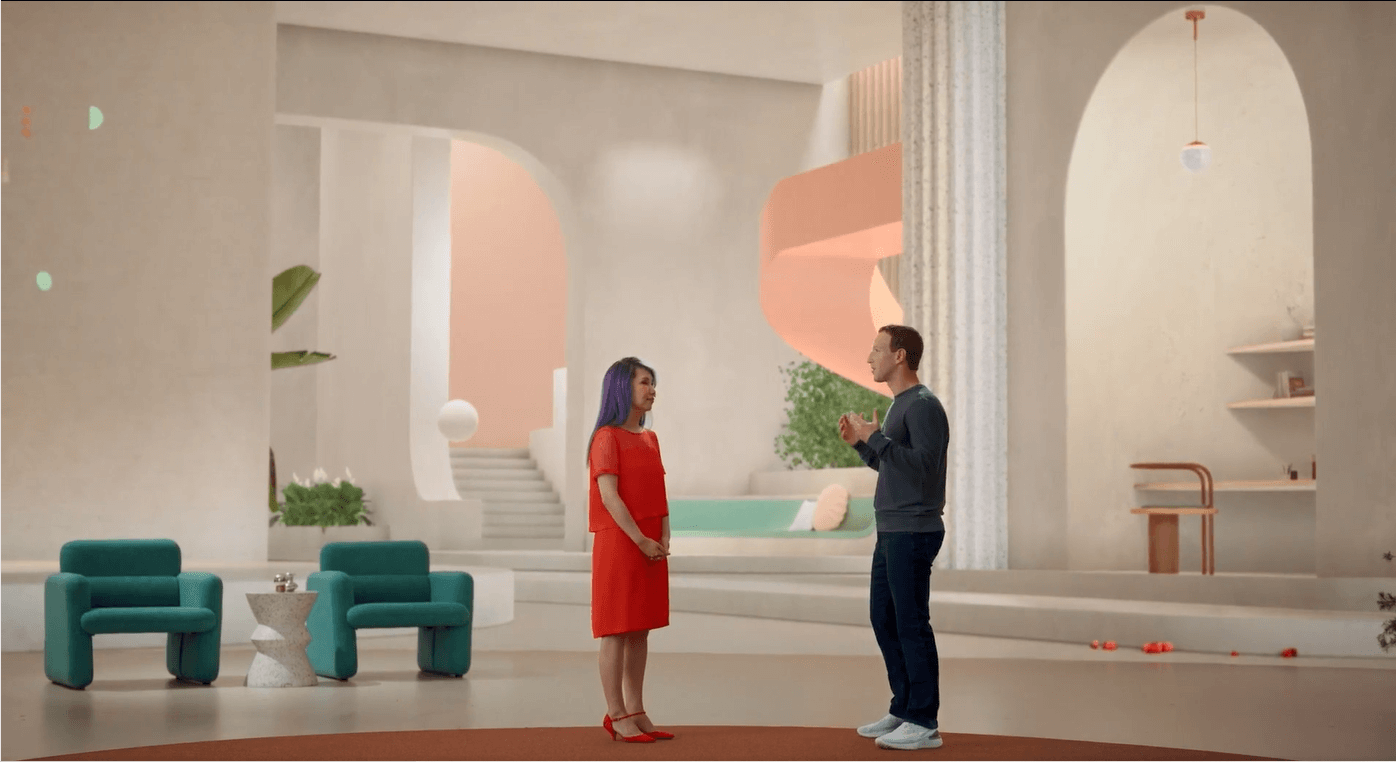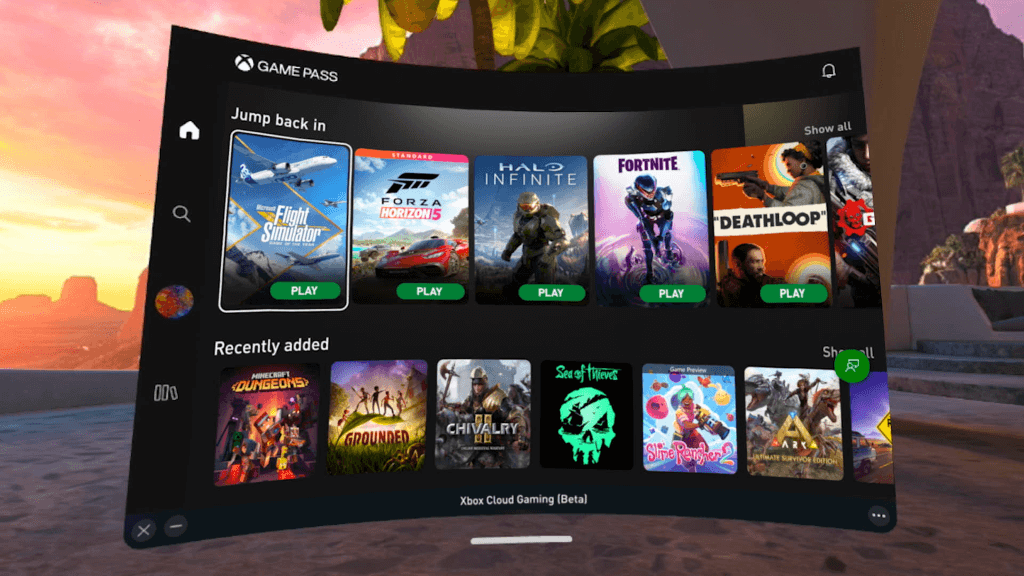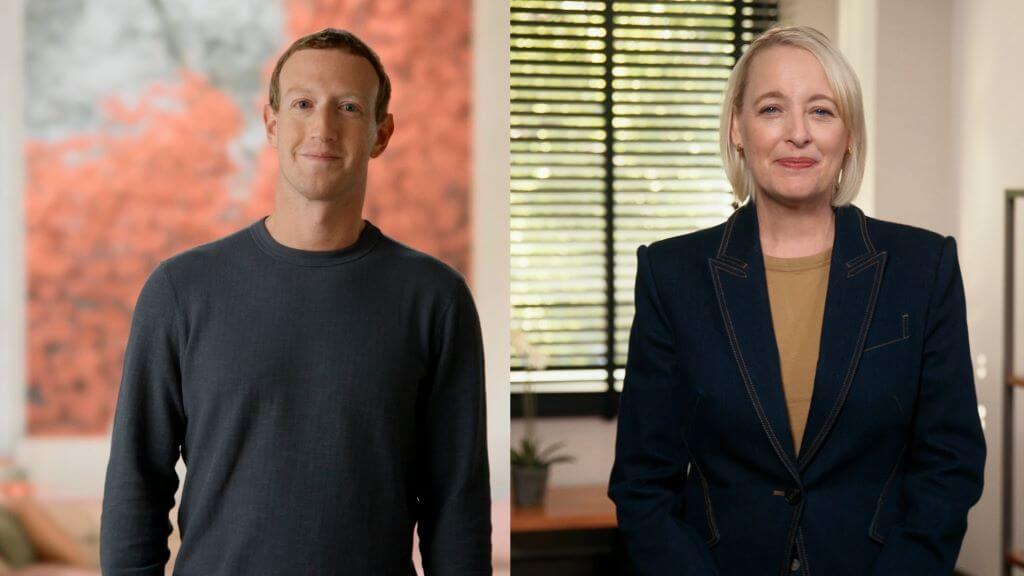This week saw the first-ever Meta Connect. That is, the first Connect event since “Facebook Company” changed its name to Meta last year. The event saw a lot of software announcements, teasers at tech to come, and of course the much anticipated official announcement of the Meta Quest Pro.
Kicking Off Meta Connect
Meta Connect started with a look at last year’s event, which focused almost more on Mark Zuckerberg’s vision of the metaverse than on the company itself. At the time, the approach was criticized for showing a carefully directed science-fiction vision of a potential future. This event saw more of Zuckerberg and his companions in front of real cameras.

“We’re in a moment now where some of the technology that will power the metaverse is starting to take off,” said Zuckerberg. “It’s a sign that the future isn’t so far away. …Today we’re going to take another big step forward.”
Zuckerberg didn’t unveil the Quest Pro right away. Instead, Chief Technology Officer Andrew Bosworth helped to introduce a number of coming hardware and software updates and offerings that will be available for the Quest 2 – which wasn’t relegated to museum-piece status by the day’s announcements.

“At first glance, many people assume that VR is a fundamentally single-player experience,” said Bosworth. “We’ve never believed that.”
Social Integration and Apps
Bosworth was first joined by Vishal Shah, Meta’s Vice President of Metaverse (not to be confused with Vishal Shah, the GM of XR and Metaverse at Lenovo. It’s a small world.)

“This social shift has been one of the biggest shifts we’ve seen so far,” said Shah.
Shah introduced a partnership between Meta and NBCUniversal that will see the Peacock streaming app come to mixed reality through Meta’s hardware. Shah also teased an update that will allow videos taken within Horizon Worlds to be shared via Instagram Reels in what he called “one of the first connections between Horizon and our other apps.”
Finally, Shah announced that Meta’s content creator tools will become more integrated with solutions including Maya, Sketchfab, and others.
New Games and a Fitness Package
Next, Bosworth introduced Meta’s Head of Developer Relations, Melissa Brown. Together, they showed trailers, Among Us VR coming on November 10, and the second installment of The Walking Dead: Saints and Sinners coming on December 1. They also showed teasers for Iron Man VR coming on November 3, and Behemoth.
They also announced a sandbox version of Population: One, knee strikes coming to Supernatural, and Gym Class moving from the App Lab to the Quest Store “later this fall.”

The pair also announced the “Active Pack.” The fitness bundle includes a removable and easy-to-clean face plate, wrist and knuckle straps, and special controller grips. A Fitness API is also being released into closed beta with select developers. Fitness players will also soon be able to share their fitness progress with select friends.

“There’s more we can do to unlock the power of the platform,” said Brown. “It’s so exciting to see fitness find its footing on Quest.”
The Meta Quest Pro
After covering social applications, games, and fitness, Bosworth and Zuckerberg reunited to talk about work – an area of recent interest to Meta. They called it the next area of expansion for VR, as well as an important target for society as work becomes increasingly distributed and less centralized around physical offices.
“We need to get to the point where the 200M people who buy a new PC every year for work can do some or all of that work in VR,” said Zuckerberg. “We think that this is one of the most exciting challenges in technology today.”
This was the transition into the much-anticipated announcement of the Meta Quest Pro, which Zuckerberg called “the first in our new line of advanced headsets.” Zuckerberg introduced the headset with Meta’s Senior Director of VR Product Management, Angela Chang.

The headset is targeted at professional customers with professional use cases but is available to anyone. Focusing on “transformative mixed reality,” the headset starts at $1,500. That includes:
- The headset;
- A protective cover and a cleaning cloth;
- Left and right magnetic light blockers (for VR);
- Two redesigned controllers;
- Stylus attachments and wrist straps for each controller;
- A charging dock and USB-C cable;
- Charging cables for the controllers and for the headsets, as well as a cable clip.

The headset itself ships with Meta’s first “curved cell battery” for optimum comfort and weight distribution. Pancake optics result in a display that is 40% thinner than Quest 2, while delivering 37% more pixel density per square inch, resulting in 75% better contrast. The headset also ships with the first chip designed through a partnership with Qualcomm.

Possibly the biggest selling point is that additional cameras and sensors allow more detailed color passthrough. The headset is available for order now and starts shipping next month.
Enterprise Integrations and Partnerships
Meta’s move into enterprise isn’t just through the launch of a more expensive headset. Zuckerberg also discussed enterprise-focused partnerships with Zoom, Adobe, and Microsoft, even bringing on Microsoft CEO and Chairman, Satya Nadella.

“We knew early on that we wanted this to be a great place to get work done and with Microsoft, we can make that happen,” said Zuckerberg.
The partnership will mean immersive versions of Microsoft Teams and Microsoft 365 as well as interoperability between Microsoft Teams and Horizon Workrooms.

The partnership isn’t all business, as Nadella also said that Microsoft’s Xbox gaming is coming to the Quest Store allowing users to play their Microsoft games on virtual screens in their Quest headsets.

“We’re taking an approach to make sure that our users can access our software on all of their favorite devices,” said Nadella.
Accenture CEO and Chair, Julie Sweet, also came on the program to announce the company’s collaboration with Meta and Microsoft.

“We’ll be partnering with Meta and Microsoft to help new companies create solutions in the metaverse at scale,” said Sweet. “The future of work is starting now.”
The Next Generations of Avatars
The rest of the keynote was dedicated to the future of the company. This included using the Spark AR system within mixed reality to create 3D assets in a more interactive way. Zuckerberg also showed a demo of a wrist-worn EMG input device – something that Meta had discussed at past events but not shown in action.
Next, Zuckerberg presented the next generations of Meta avatars in Horizon with General Manager of Product Engineering, Avatars, and Identity, Aigerim Shorman. The avatars used were more detailed, expressive, and had legs. (This is exciting, but it’s not the VR-first that Zuckerberg claimed it is.)

“Our first milestone is making sure that you can use your avatar across our network of apps,” said Shorman. “Making your avatar work across all kinds of games and apps truly creates continuity across experiences.”
![]()
To meet these ends, Meta will be releasing an Avatar SDK allowing more developers to incorporate their avatar system. There will also be an avatar fashion store. (Right now, Meta’s avatars can only be dressed in complete pre-designed outfits, with some accessories.)

Later in the event, Zuckerberg also discussed Meta’s Codec system for photorealistic avatars but said that the technology is still too computing intensive for large-scale rollout. There is a lightweight version for creating 3D scans of people and objects, but even this still takes a couple of hours.
AR Glasses (Probably Not Soon)
Near the end of the keynote, Zuckerberg touched on AR glasses, saying that Meta approaches design from two different angles. The first starts with all of the tech that a user would want from the glasses and builds toward the form factor. The other starts with an ideal form factor and builds in tech. Zuckerberg didn’t say when these devices might be ready for market.
However, a good indication may have come from his conversation with Luxottica Chief Wearables Officer, Rocco Basilico. While the Ray-Ban Stories smart glasses already made with Meta are getting updates including call and text capabilities and Spotify integration, anything more might be a ways off.

“We’re working together on a new set of glasses to build a portal to the metaverse. It is a multi-year partnership,” said Basilico.
More to See
That’s not all that happened at Meta Connect 2022. The keynote alone included more on Meta’s research into AI and advanced user interfaces that wasn’t explored here. For this and more, watch the full keynote on YouTube.




